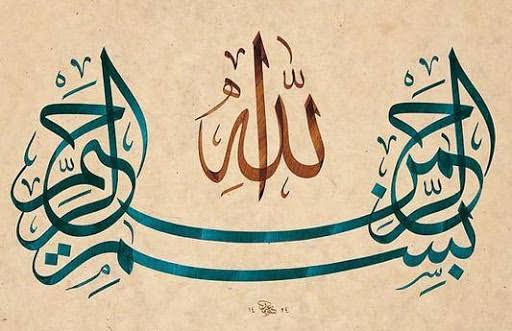A cultural treasure of the Arab and Islamic world, Arabic calligraphy is finally being honoured for its role in the development of the Arabic language and its cultural and spiritual significance, thanks to the concerted effort of 16 Muslim-majority countries led by Saudi Arabia.

The art form was added to the UNESCO list of intangible cultural heritage recently. The addition was officially declared during the Intergovernmental Committee for the Safeguarding of the Intangible Cultural Heritage, which was held in Paris.

“Arabic calligraphy is the artistic practice of handwriting Arabic script in a fluid manner to convey harmony, grace and beauty,” UNESCO wrote on its website. “The fluidity of Arabic script offers infinite possibilities, even within a single word, as letters can be stretched and transformed in numerous ways to create different motifs.”

Calligraphy has contributed greatly to the transfer of Arab culture and religious values over the centuries. However, given the global shift towards digitisation, calligraphy has been declining in popularity in recent decades.
Its addition to UNESCO’s list is hoped to revive calligraphy as an art form and inspire new generations to learn the craft, while preserving the Arab world’s cultural identity in the face of rapid globalisation.
 “This step came at an important stage in which Arabic calligraphy is witnessing a decline due to the technological development, as many people no longer write by hand as they used before,” said Mohamed Afifi a heritage researcher.
“This step came at an important stage in which Arabic calligraphy is witnessing a decline due to the technological development, as many people no longer write by hand as they used before,” said Mohamed Afifi a heritage researcher.
“The number of professional calligraphers has decreased with technology, which has negative repercussions in the long run, so it became a matter of urgency to create an awareness of the importance of Arabic calligraphy,” Afifi told The Egyptian Gazette.
The proposal was led by Saudi Arabia, which had declared the years of 2020 and 2021 the ‘Year of Arabic Calligraphy’, which included the push for Arabic calligraphy to be included on the UNESCO list.
In a statement published by the government of Saudi Arabia, Prince Badr bin Abdullah bin Farhan, the country’s Minister of Culture, said, “We welcome the inscription of Arabic calligraphy, which is the result of the Kingdom championing this treasured aspect of authentic Arabic culture.”
Arabic calligraphy has long been part and parcel of the Arabic culture. It adorns the ceilings of mosques and palaces, and is engraved on the treasures of manuscripts. In Egypt, Arabic calligraphy has crowned the kiswa (the fabric covering) of the Holy Kaaba in Mecca for decades, and there is also Pilgrimage graffiti, a high season for village artists.






Discussion about this post